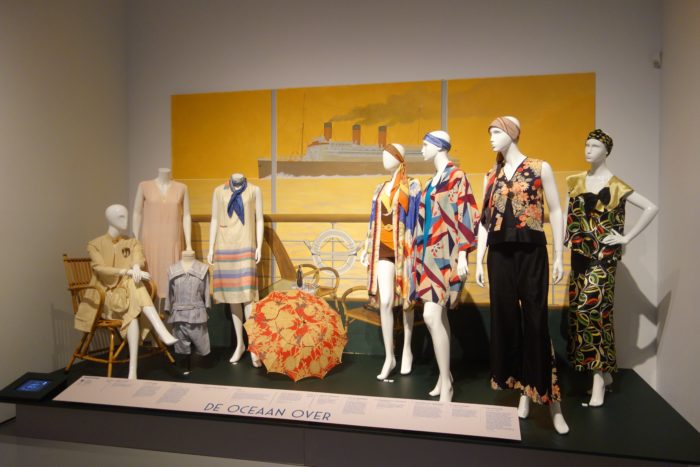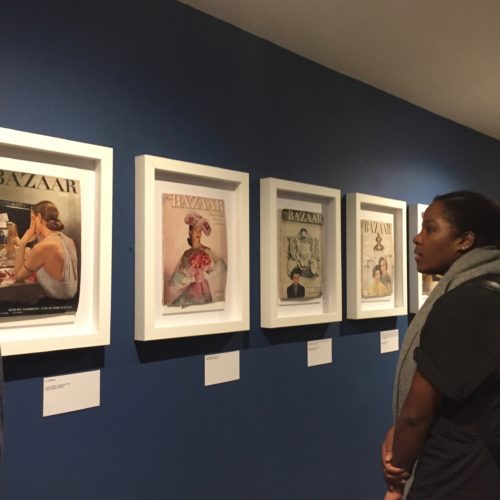Beautiful People: The Boutique in 1960s Counterculture, exhibiting at the Fashion and Textile Museum in Bermondsey (until 13 March 2022), unites over one hundred garments, worn by stars belonging to the Beatles and the Rolling Stones and others which were sold at the likes of Biba and Granny Takes A Trip. The exhibition details this truly electrifying decade, one which was home to creativity, angst and rebellion alike.
To honour the occasion, I chose to wear a floor-length Biba coat, in a tiger-print no less, which I had initially ‘borrowed’ from my mother as part of a Cruella de Vil Halloween costume some years ago. A dramatic piece which isn’t exactly an everyday item, it felt like the perfect time to bring it out ahead of our much-anticipated MA Documenting Fashion outing.
While the first time at the exhibition for most, it marked the second visit for Susanna, Claudia and I who had each planned a respective visit almost as soon as it had opened in the beginning of October. Providing a fascinating combination of insights into the 60s, this exhibition explored the impact of cultural, social and economic change within the context of fashion and its design. Indeed, it could easily warrant a second or even third visit as there is a considerable amount of information to digest and, with such well-preserved garments, a desire to focus on each and every minute detail on any one jacket or dress.
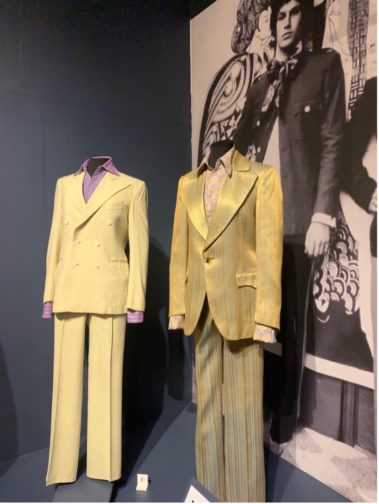
At the beginning of the exhibition, a timeline situates key moments within the 1960s, where bullet points were replaced with the flower power emblem of the sixties, serving as one of many examples of the care and consideration which went into curating this exhibition. Outlining dates and information relating to the opening of boutiques along the King’s Road and throughout London, it also hinted at the importance and impact of the introduction of oral contraception on the NHS (National Health Service), which played a part in cementing this decade as the ‘swinging sixties’.
Further highlights included a recreation of some of the most iconic boutiques, signposted with the company’s logo, including both menswear and womenswear that were relevant to the boutique. The upstairs part of the exhibition was home to yet more clothes, and a few of us took it in turns to pick out our favourite pieces and note the occasion we’d like to wear them to. Jazzy jackets and flared two-piece suits proved to be our top picks.
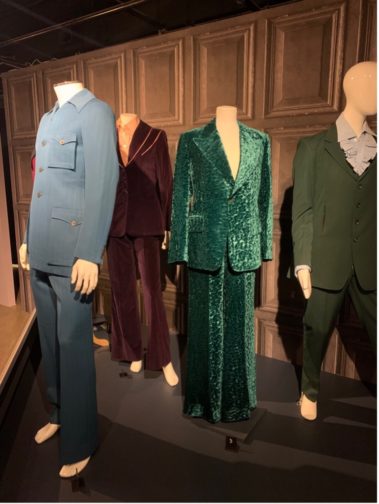
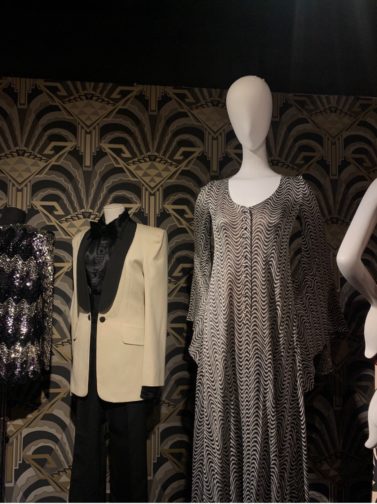
As we made our way to the photography gallery, I was drawn to the article ‘Qui sont les filles anglaises? [Who are the English girls?]’ and a quote from Jenny Boyd outlining ‘Elles me ressemblent [They look just like me]’ for the 1966 December issue of Mademoiselle Âge Tendre. To me, it highlighted the ongoing fascination, or perhaps more accurately obsession, with being seen as ‘fashionable’ both at home and across The Channel, which is an idea that is ever-present today.
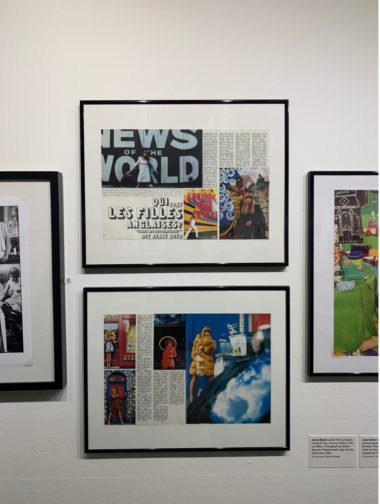
From there, we were delighted to receive a presentation from Photography Curator and Instagram-enthusiast Terence Pepper and former MA Documenting Fashion student Grace Lee who individually boast a huge wealth of knowledge about all-things sixties. Terence ran us through each photo, advertisement and magazine in such detail that for a brief moment we too were transported to the photoshoot, soirée or city being discussed. What’s more, we had the unexpected pleasure of meeting Pattie Boyd, whose sister Jenny Boyd was mentioned above, and who had an incredibly successful modelling career, gracing countless covers of Vogue and inspiring many a Beatles song with her then-beau George Harrison.
Situated à deux pas from London Bridge Station and Borough Market, it makes for a wonderful mid-morning viewing before a spot of lunch at one of the many fabulous food stalls and restaurants nearby.
During the exhibition, be sure to activate the nifty QR-code which links to a virtual exhibition catalogue! Further details on opening hours and tickets to the exhibition can be found here: https://www.ftmlondon.org/ftm-exhibitions/beautiful-people-the-boutique-in-1960s-counterculture/
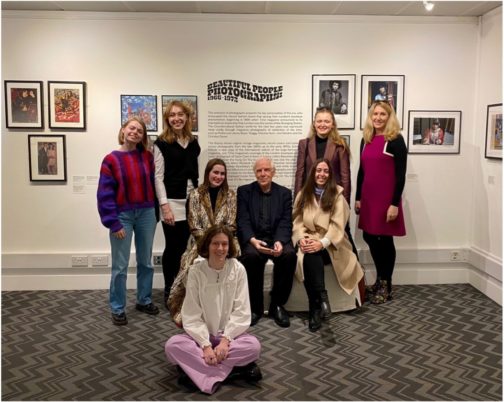
By Georgina Johnston-Watt

